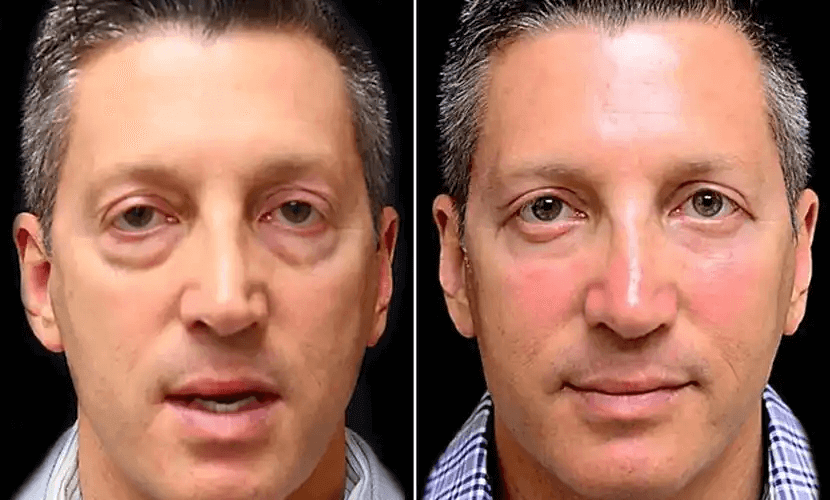Types of Eye Bag Surgery
There are different types of eye bag surgery, and understanding them is crucial before deciding on a procedure. Each type has its own set of techniques, recovery times, and suitability depending on the severity of your eye bags and your individual needs. Knowing the options available can help you make an informed decision about the best approach for your situation.
One common type is blepharoplasty, which can be performed on both the upper and lower eyelids. For lower eyelid surgery, it can involve removing excess fat, tightening the skin, or a combination of both. Transconjunctival blepharoplasty is a technique where the incision is made inside the lower eyelid, leaving no visible scar. This is ideal for those with minimal skin laxity and mainly fat-related eye bags. It's a less invasive option that results in a quicker recovery time compared to traditional lower eyelid surgery.

Another type is laser-assisted eye bag surgery. This uses laser technology to tighten the skin and remove fat. It's particularly useful for mild to moderate skin laxity. The laser energy stimulates collagen production, which helps tighten the skin around the eyes. It can also help with pigmentation issues around the eyes, giving the area a more even tone. However, it may require multiple sessions and has a slightly longer recovery time compared to some other methods, but the long-term results can be quite effective in rejuvenating the under-eye area.
Fat repositioning is also an option. Instead of simply removing the fat from the eye bags, this technique redistributes the fat to areas that may benefit from added volume, such as the tear trough. It's suitable for patients who have both fat prolapse and volume deficiency in certain areas. By using the body's own fat, it can provide a more natural look and prevent a hollow appearance under the eyes. The surgeon will carefully sculpt the fat to achieve the desired result, ensuring a balanced and youthful appearance.